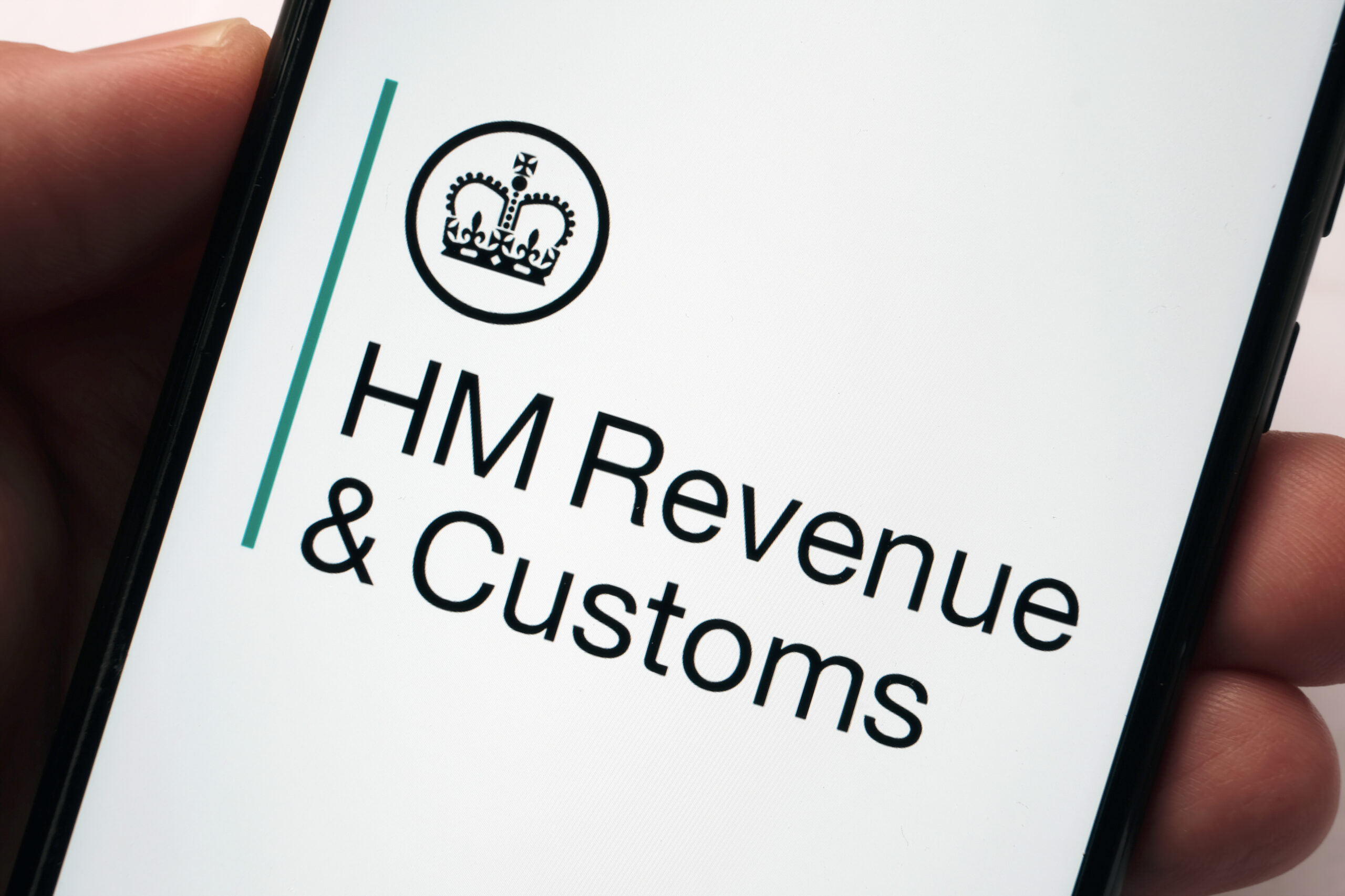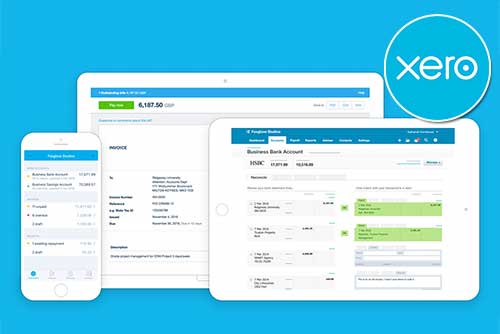What is a Fixed Cost?
In business, understanding fixed costs is crucial for effective budgeting, pricing strategies, and overall financial management. But what exactly is a fixed cost?
In this article, we’ll delve into what fixed costs are, provide examples, and discuss their significance in business operations.
What are Fixed Costs?
Fixed costs are expenses that remain constant regardless of changes in production levels or sales volume within a certain period. Fixed costs are typically associated with the basic operational expenses that a business must pay regularly to maintain its operations, irrespective of the level of goods or services produced or sold.
Examples of Fixed Costs
- Rent or Lease Payments: The cost of renting or leasing a facility, office space, or equipment.
- Salaries and Wages: Certain salaries, such as those of administrative staff or executives, are typically fixed and do not vary with production or sales levels.
- Utilities: Basic utilities like electricity, water, and heating are often considered fixed costs since they must be paid regularly regardless of business activity.
- Insurance Premiums: Insurance costs, such as property insurance or liability insurance.
- Depreciation: Although depreciation is a non-cash expense, it represents the allocation of the cost of assets over their useful life and is typically considered a fixed cost.
- Loan Payments: Fixed payments on loans or leases, such as mortgages or equipment financing, remain constant over the loan term.
- Subscription Services: Fees for essential subscription services like software licences, internet connectivity, or professional memberships.
Direct vs Indirect Fixed Costs
Direct fixed costs are expenses that are directly tied to the production of specific goods or services within a business. Examples include rent for production facilities, depreciation on machinery used in manufacturing, and salaries for production supervisors.
On the other hand, indirect fixed costs are necessary for the overall operation of the business but are not directly attributable to the production of any specific product or service. Examples of indirect fixed costs include administrative salaries, insurance premiums for the entire facility, and property taxes on the entire factory.
What’s the Difference Between Fixed Costs and Variable Costs?
Fixed costs remain constant regardless of the level of production or sales volume, remaining unchanged in the short term even if production halts. Whereas variable costs fluctuate in proportion to production or sales levels, increasing with higher production and decreasing with lower production. These costs, such as raw materials, direct labour, and packaging costs, are directly tied to the business’s production or sales activity.
Fixed Cost Ratio
The fixed cost ratio measures the proportion of fixed costs within a company’s total expenses. It’s calculated by dividing total fixed costs by total costs, including both fixed and variable expenses. A higher ratio suggests a greater dependency on fixed expenses, indicating higher financial risk during revenue downturns, while a lower ratio implies more flexibility in cost management.
The formula for calculating the fixed cost ratio is:
Fixed Cost Ratio = (Total Fixed Costs/ Total costs) x 100
This formula expresses the fixed cost ratio as a percentage, allowing for easier comparison and analysis of the proportion of fixed costs within the total cost structure of a business.
Importance of Fixed Costs in Business
- Budgeting and Financial Planning: Fixed costs provide a stable foundation for budgeting and financial planning since they remain constant regardless of changes in production or sales volume. This predictability allows businesses to forecast expenses accurately.
- Break-Even Analysis: Fixed costs play a crucial role in break-even analysis, which helps businesses identify the level of sales necessary to cover all costs and reach a point where total revenue equals total expenses.
- Pricing Decisions: Fixed costs influence pricing decisions by establishing a baseline that must be covered to ensure profitability.
- Investment and Expansion Planning: Understanding fixed costs is essential when considering investments or expansion plans, as they represent ongoing financial obligations that must be factored into decision-making processes.
Significance of Fixed Costs in Calculating Business Metrics
Fixed costs play a crucial role in calculating several key business metrics, offering valuable insights into a company’s financial health. Here’s how fixed costs contribute to various business metrics:
Breakeven Analysis
Breakeven analysis is a financial tool used by businesses to determine the level of sales necessary to cover all costs and achieve a net profit of zero, effectively reaching a point where total revenue equals total expenses. This analysis helps businesses understand the minimum level of activity required to avoid losses and provides valuable insights into pricing strategies, cost structures, and profitability.
Here’s how to calculate breakeven:
Breakeven Point (in units) = Fixed Costs/ Selling Price Per Unit – Variable Cost Per Unit
Operating Leverage
Operating leverage is a measure of how sensitive a company’s operating income is to its fixed costs. When a company has high operating leverage, it means that it has a higher proportion of fixed costs in its cost structure. This can be beneficial when sales are high, as the fixed costs are spread over a larger number of units, reducing the cost per unit and increasing profitability.
However, high operating leverage can also be a risk. If sales drop, the company still has to cover its fixed costs, which can lead to losses.
The formula for calculating operating leverage is:
Operating Leverage = Q x (P – V)/ (Q x (P – V)) – F
where:
Q=Number of units
P=Price per unit
V=Variable cost per unit
F=Fixed costs
Profitability Ratios
Fixed costs influence various profitability ratios that assess a company’s ability to generate profit relative to its expenses and investments. For example:
- Operating Profit Margin: Fixed costs are deducted from gross profit to calculate operating profit. A higher proportion of fixed costs relative to total revenue decreases the operating profit margin, indicating reduced profitability.
- Net Profit Margin: Fixed costs are deducted from operating profit to calculate net profit. A higher level of fixed costs reduces the net profit margin, reflecting lower profitability after accounting for all expenses.
- Return on Investment (ROI): Fixed costs are part of the investment required to operate the business. Higher fixed costs decrease ROI, as they require higher revenue to generate a positive return on investment.
The Bottom Line
Fixed costs are a cornerstone of business finance, representing expenses that remain constant regardless of changes in production or sales volume. Understanding fixed costs is essential for effective budgeting, pricing strategies, and financial planning. By recognising the significance of fixed costs in business operations, companies can make informed decisions to optimise profitability and manage financial risks.





















